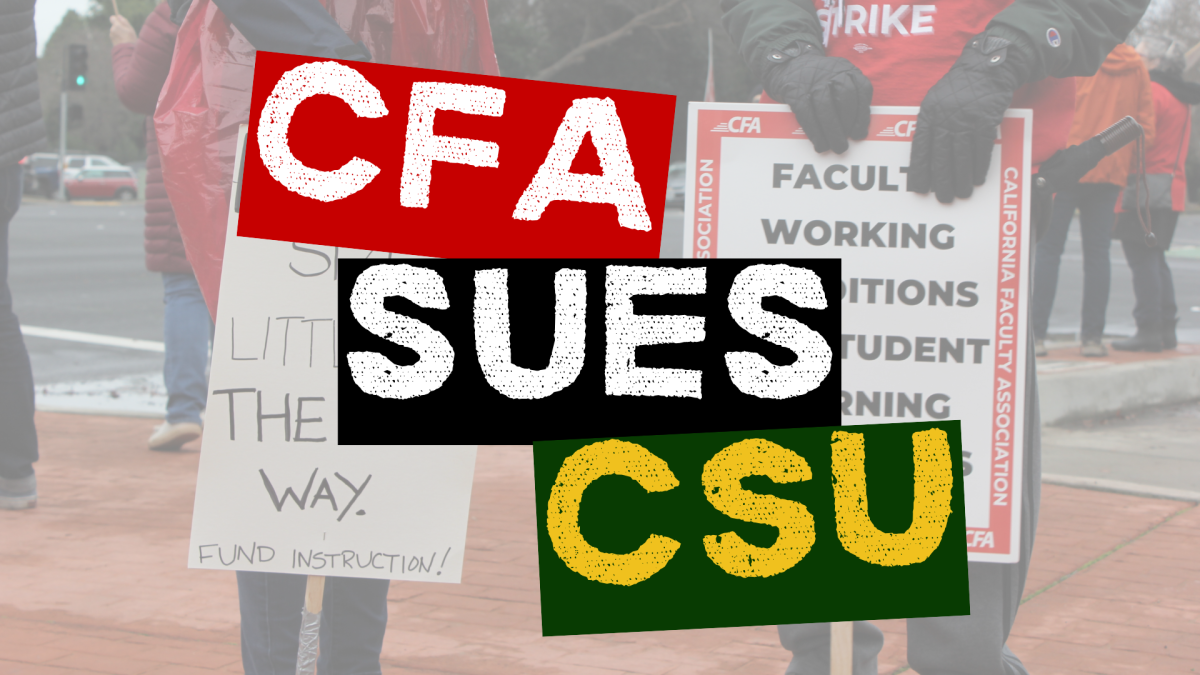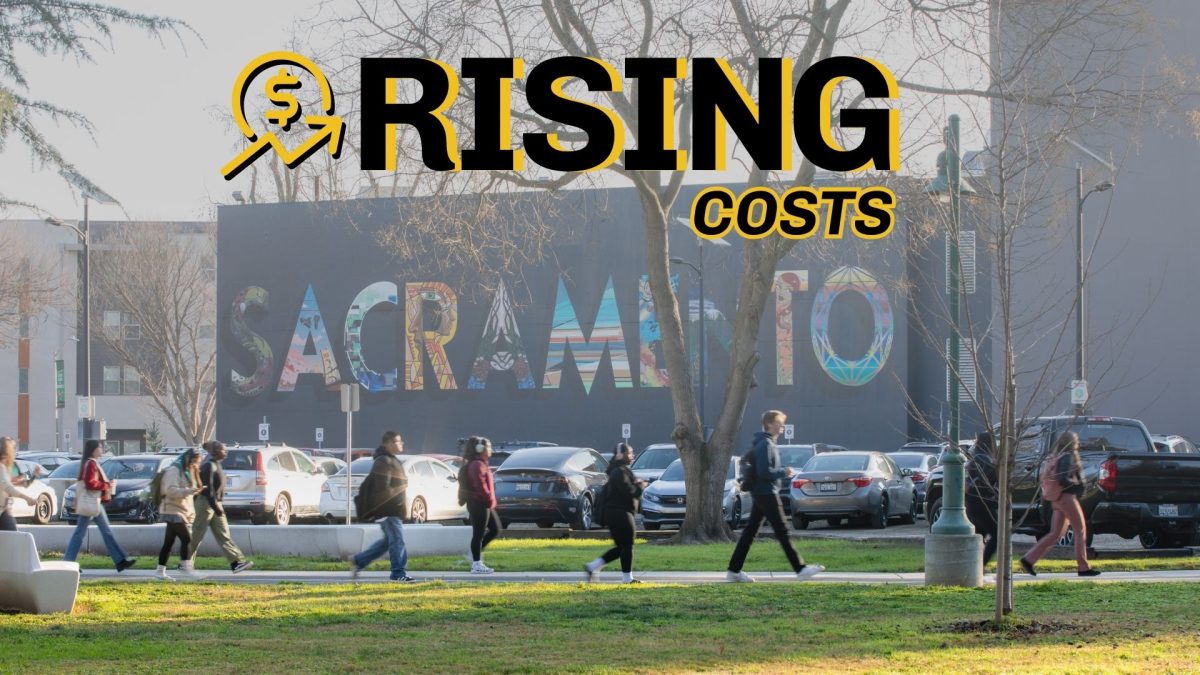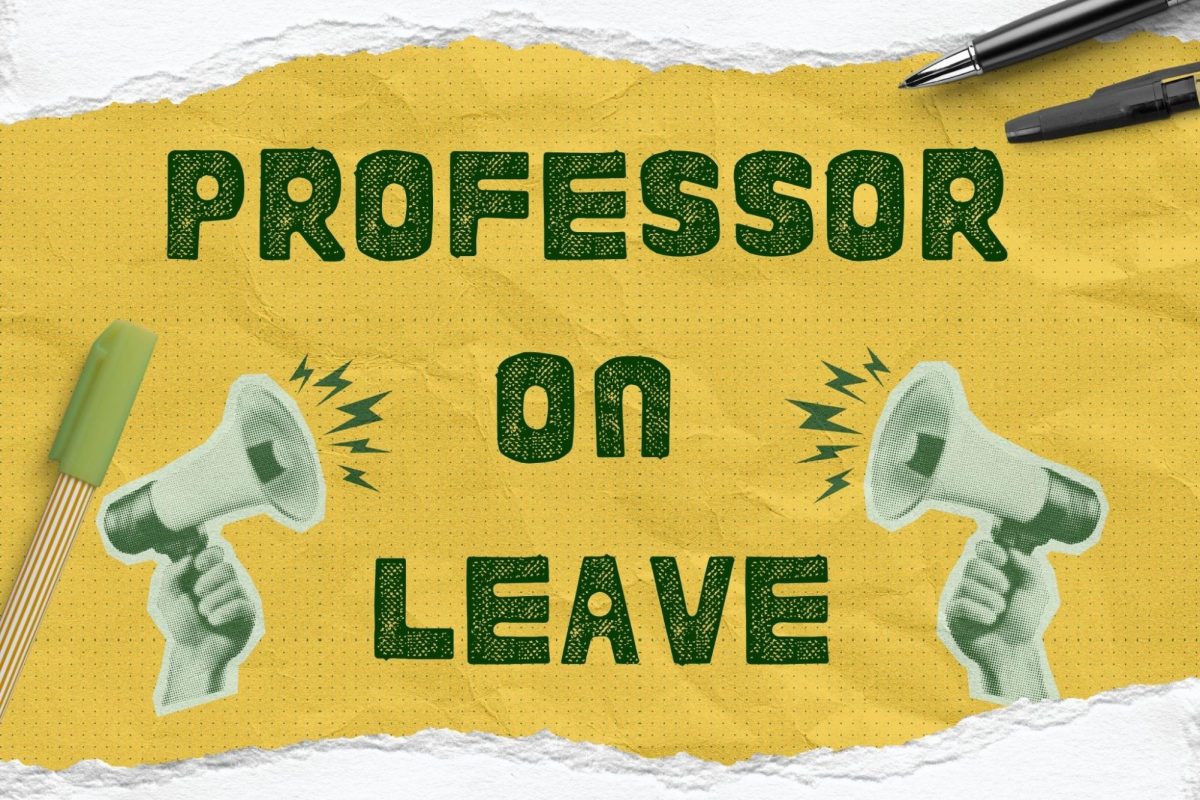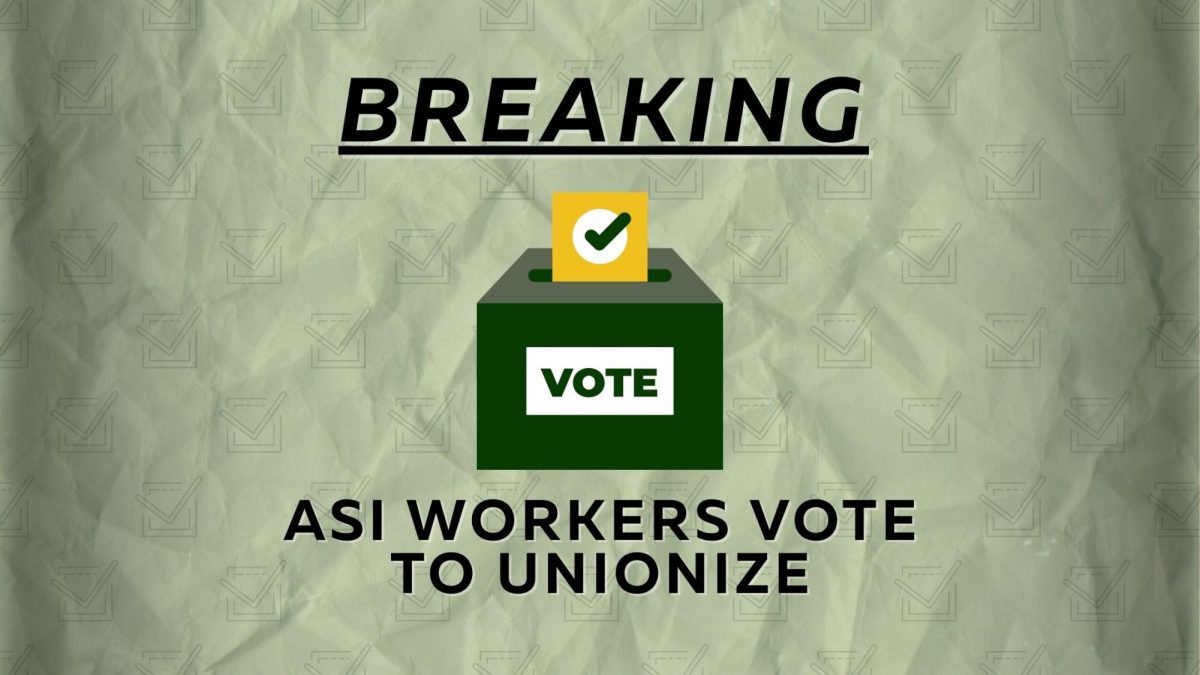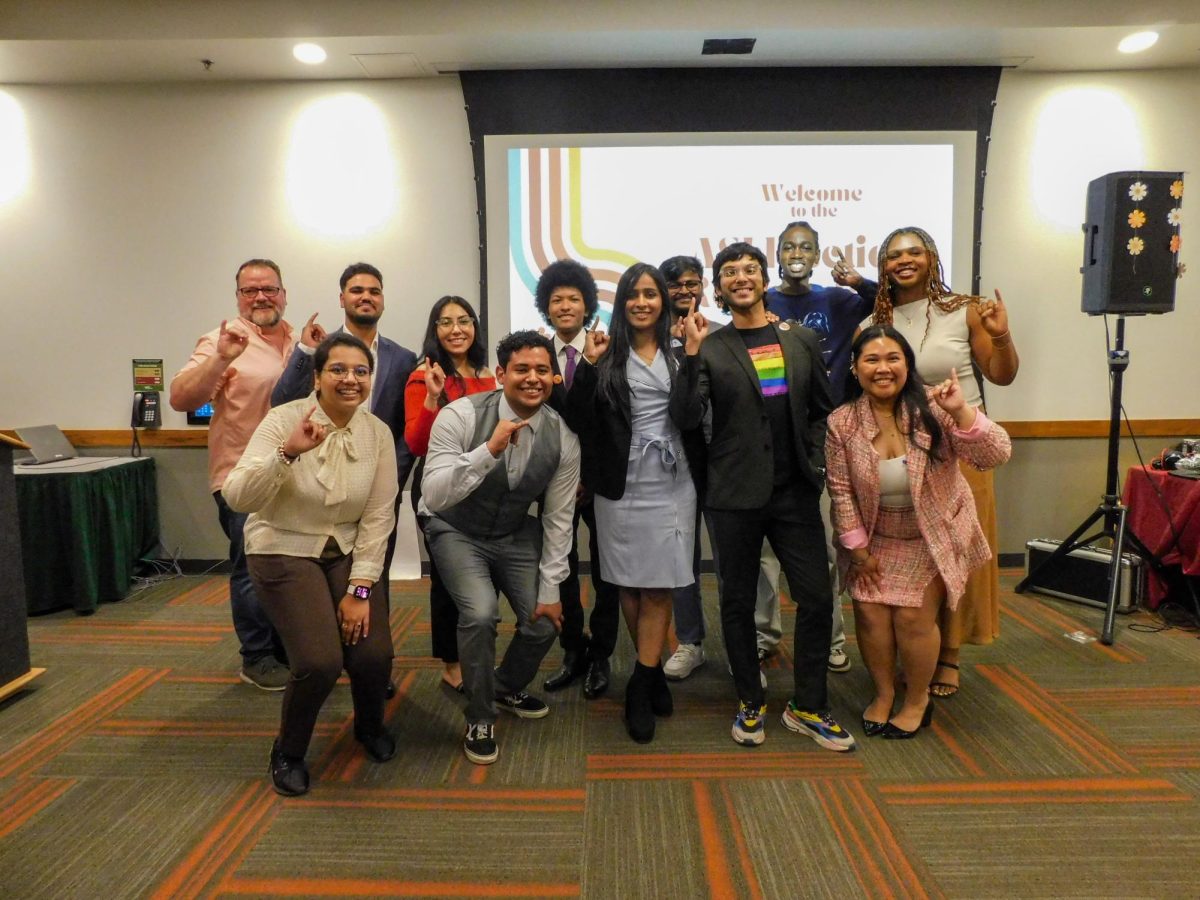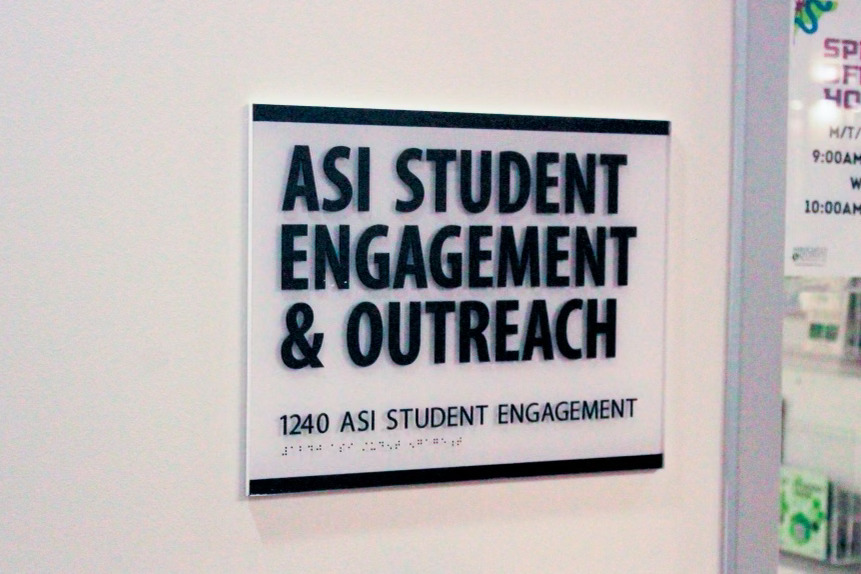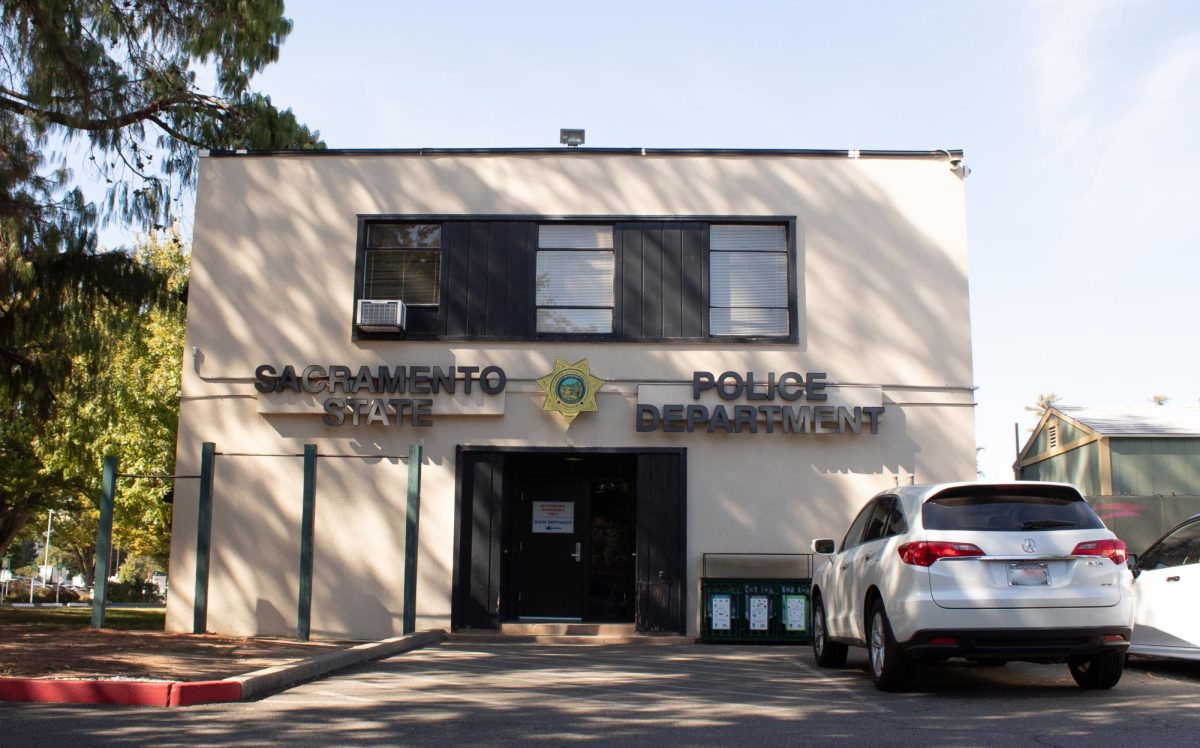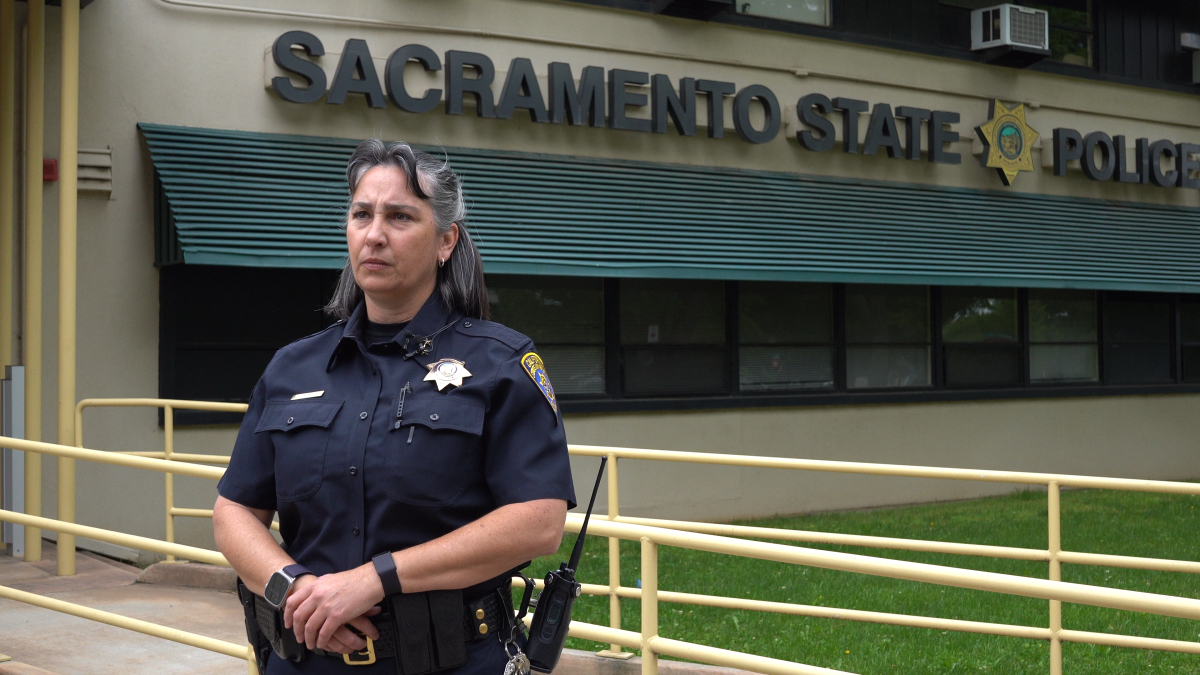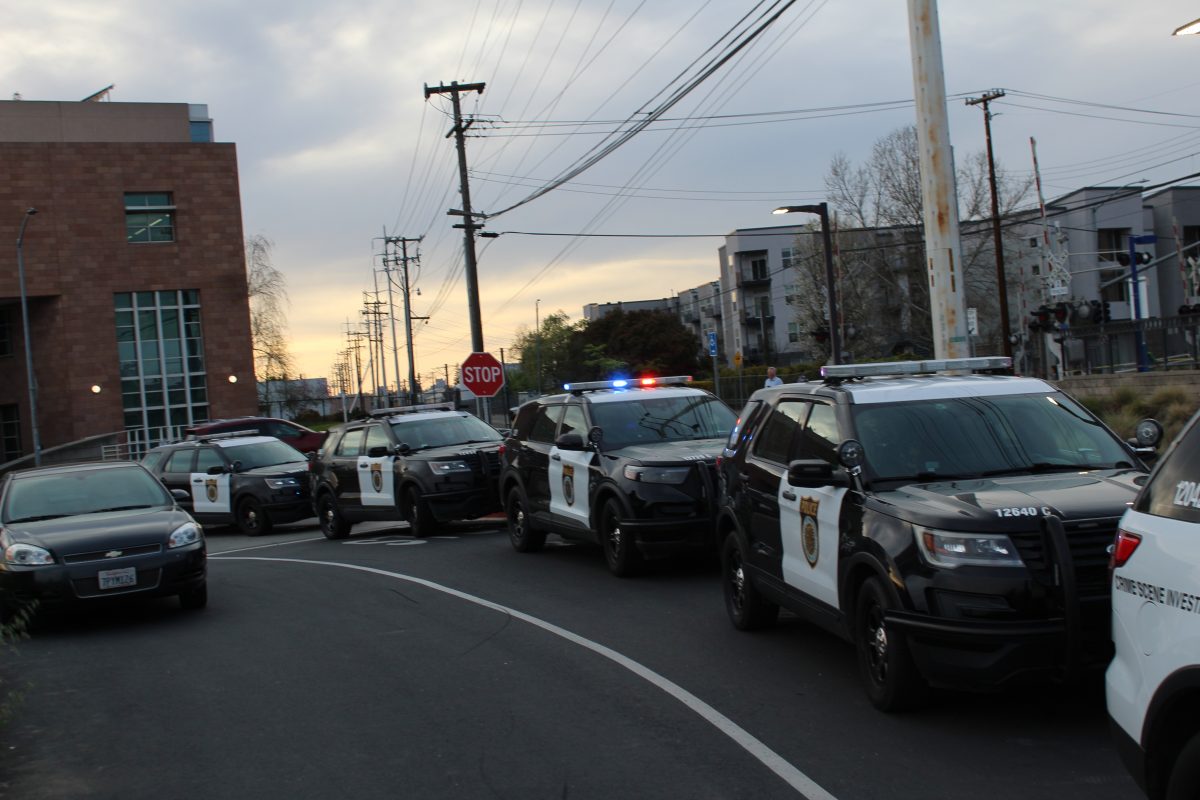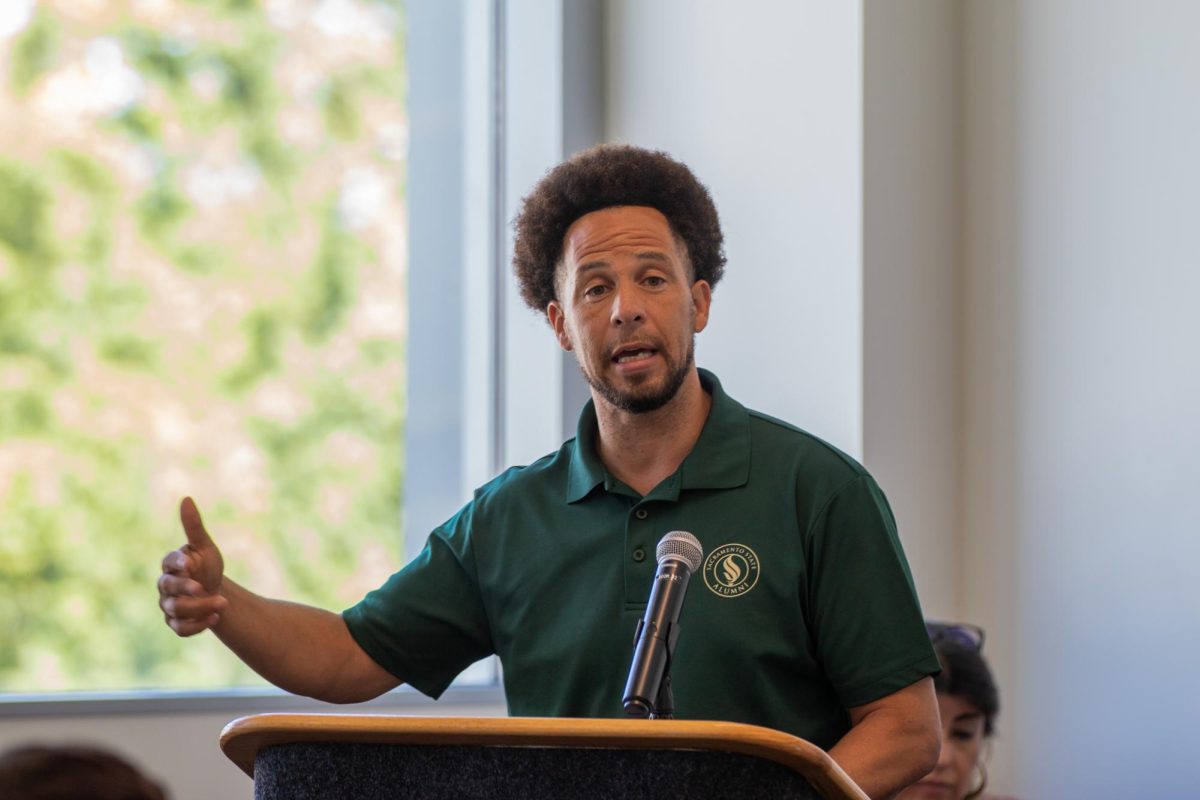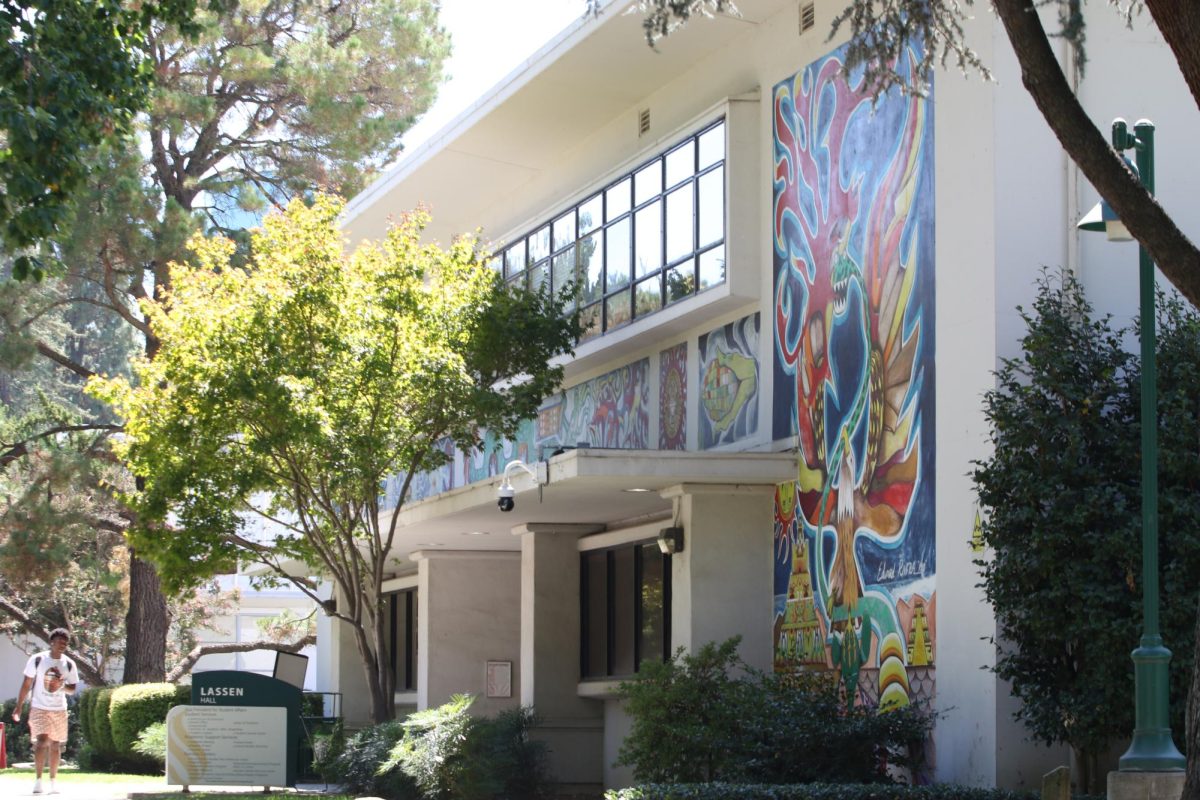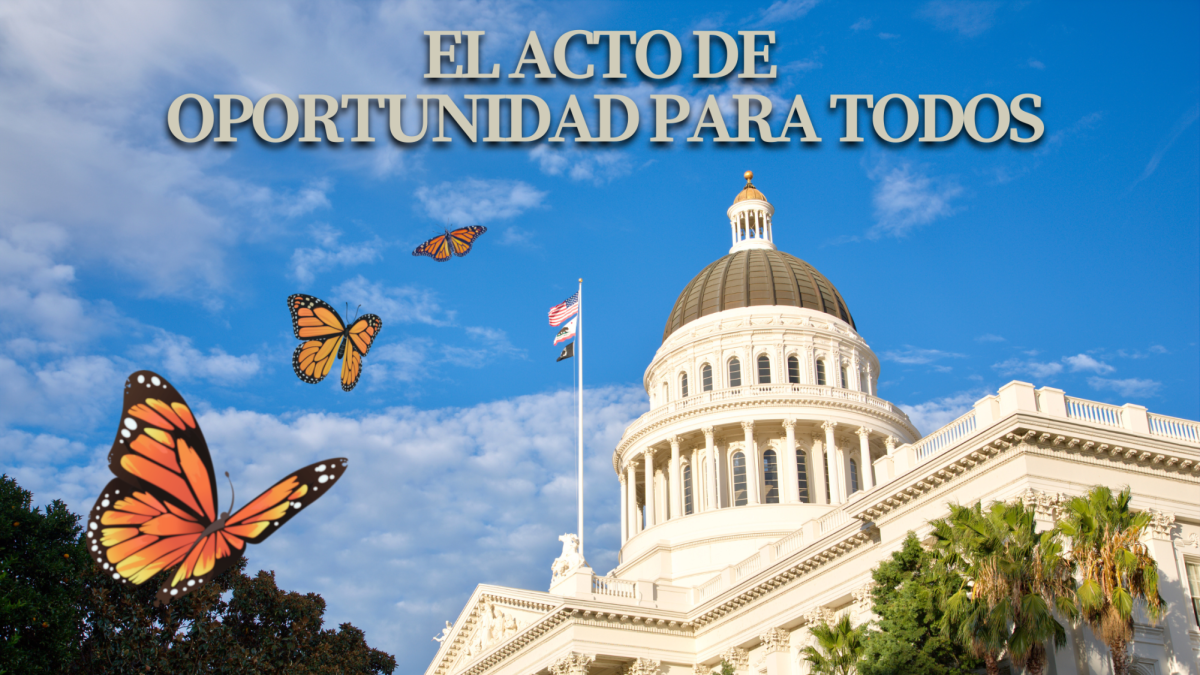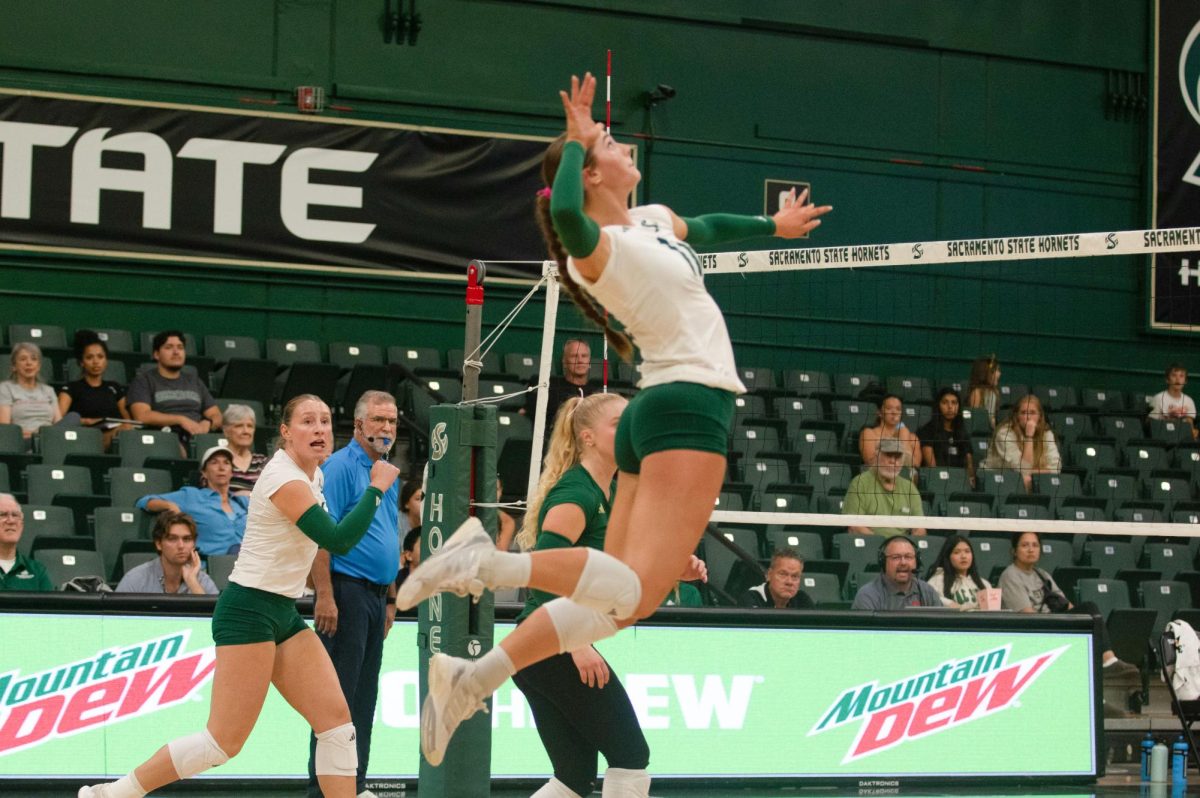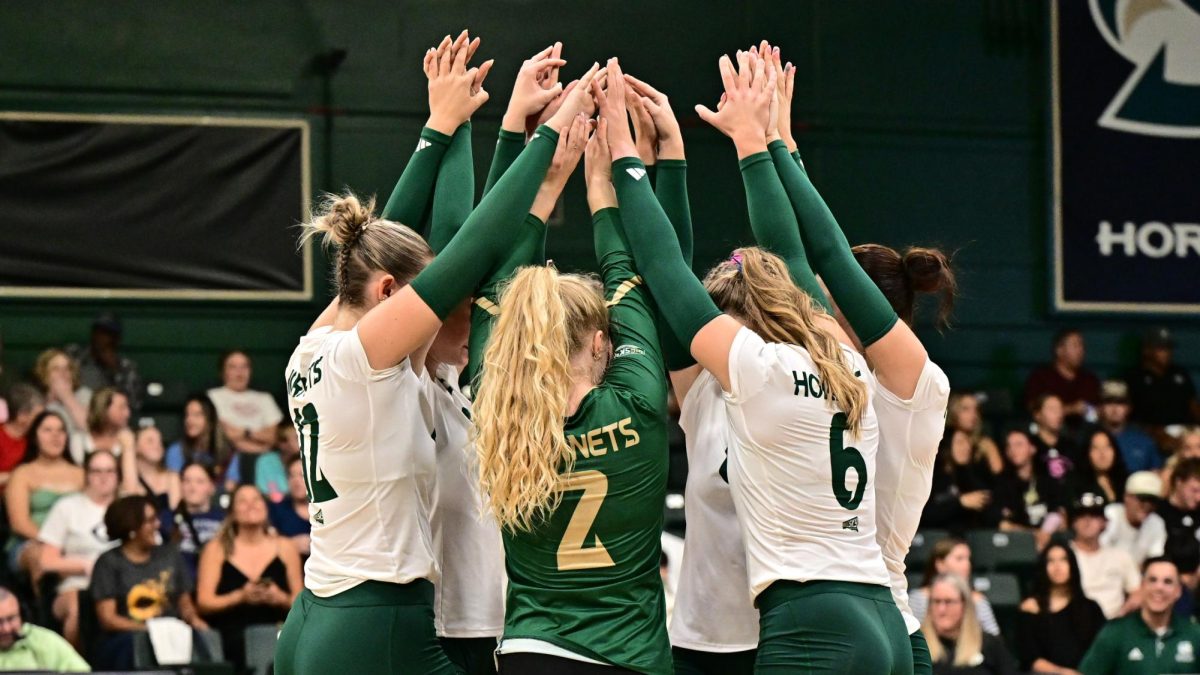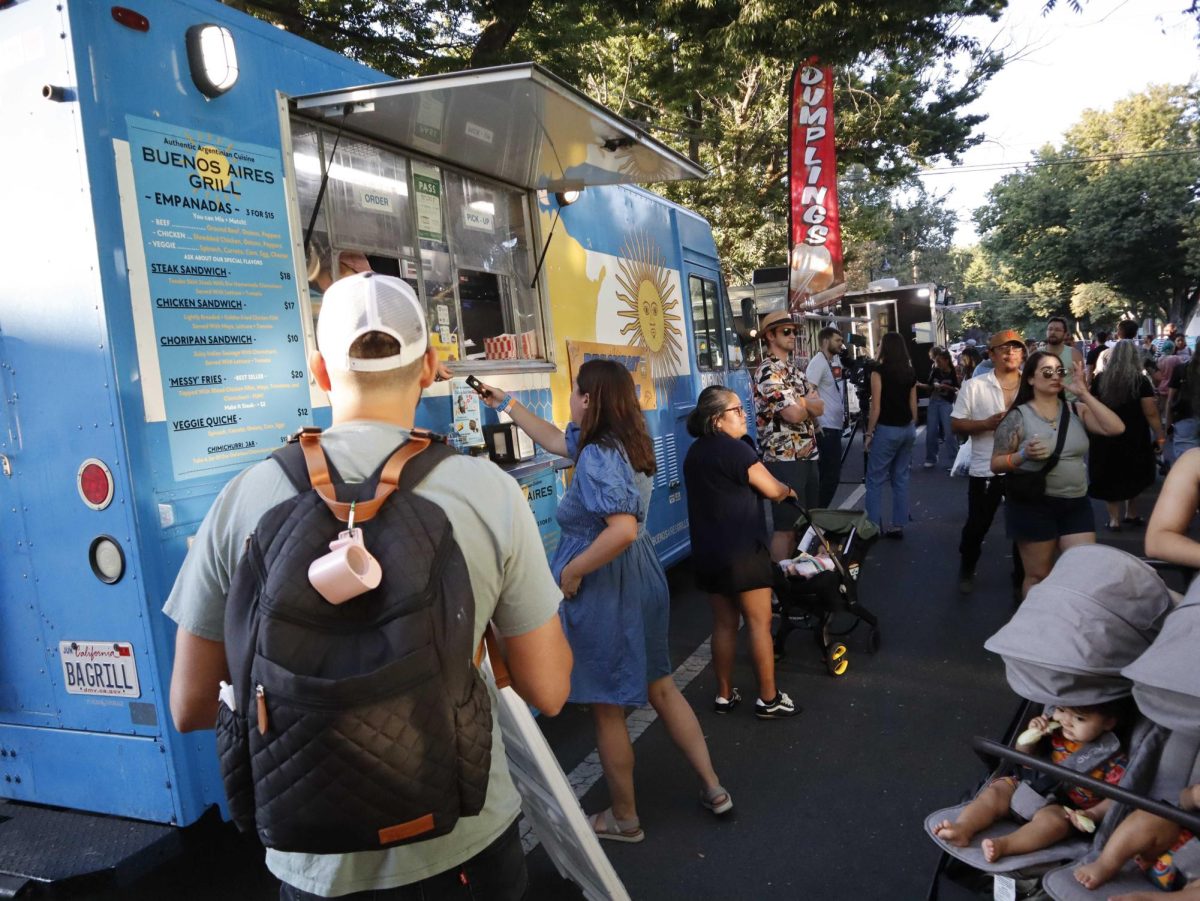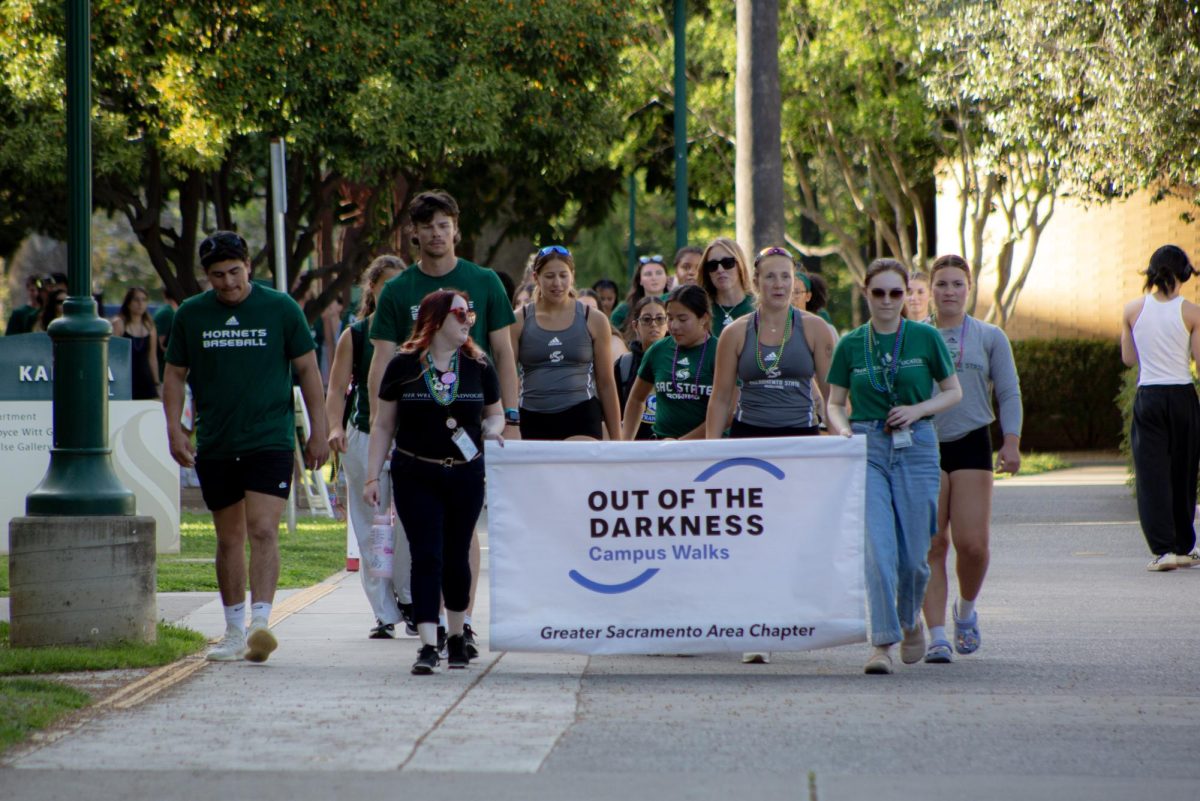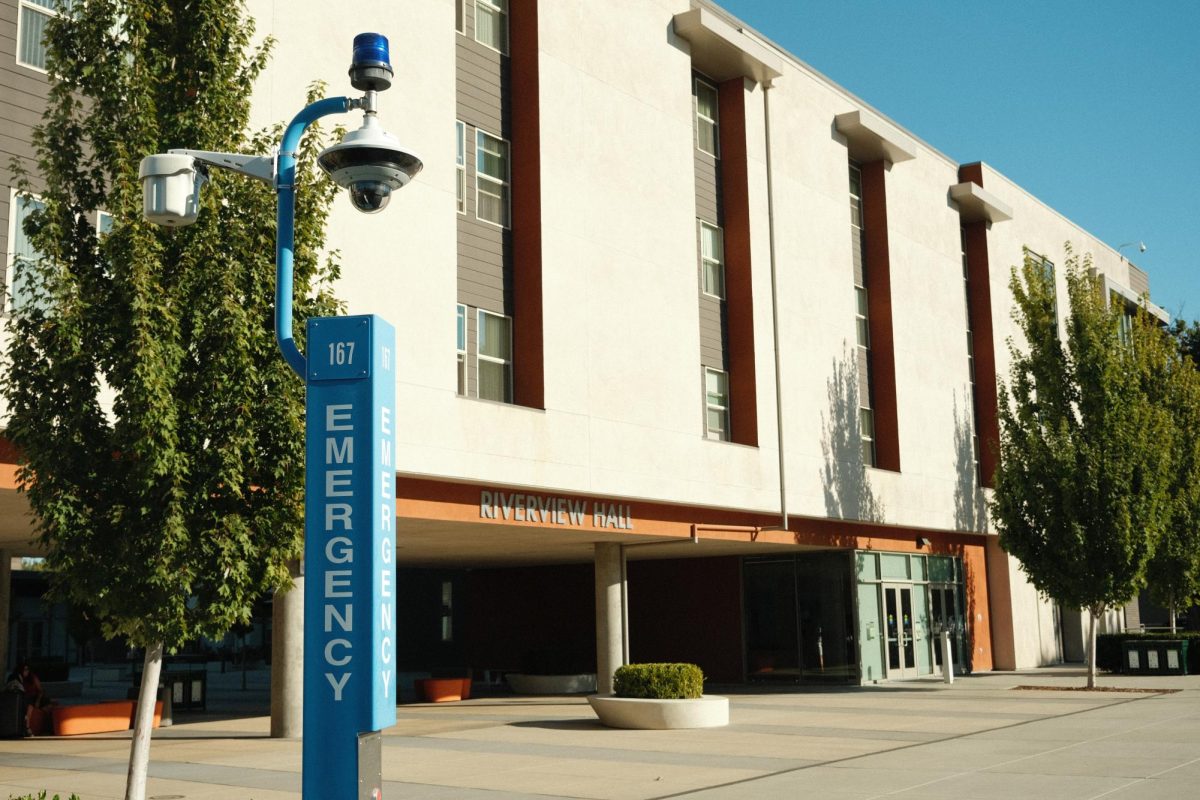On June 9, California legislators voted to postpone Gov. Gavin Newsom’s proposed 3% cuts to California State University’s systemwide budgets until the 2026-27 fiscal year. If the proposal had passed, it would have cut an ongoing $143.8 million from funding every year.
Under the Budget Act of 2025, CSU schools avoid an immediate cut that would have exacerbated Sacramento State’s budget crisis. To avoid this, the state is providing the CSU system with access to zero-interest, short-term loans. The bill also lays out scheduled funding increases related to the previous multiyear compact promised to CSUs in 2022.
In the fall 2025 President’s Address, President Luke Wood said the university has prioritized adding fall course sections while trimming costs elsewhere to deal with the budget changes.
“Reduction strategies include difficult decisions such as cutting or merging vacant positions, engaging in a campuswide hiring chill, offering eligible faculty an early exit program and eliminating some positions,” Wood said.
Earlier this year, Newsom proposed a larger 8% ($375.2 million) cut to CSUs with a deferment of the 5% increase to CSU school systems proposed in a 2022 multiyear compact. The cut was then reduced to 3% ($143.8 million) in May.
The legislature ultimately rejected Newsom’s proposed 3% ongoing cuts. Instead of restoring that funding for 2025-26, the legislature chose to defer an equivalent 3% amount to the 2026-27 fiscal year. This means CSU schools will not face a recurring cut, but that the 3% of funding will not be restored until the 2026-27 school year.
Under the multiyear compact, CSUs were also expecting a 5% increase to base funding; that increase has been restructured in the Budget Act of 2025 with 2% ($100.9 million) now scheduled for payment in the 2026-27 fiscal year and another 3% ($151.4 million) pushed back to 2028-29. This means the university will still receive the scheduled funding, but on a delayed timeline compared to the original compact.
Neither CSU nor UC schools will receive extra funding this year via the Budget Act of 2025, but specific appropriations have been made for each school system and university campus.
According to the CSU Advocacy and State Relations in a statement against the cuts, the reduced funding could affect class sizes, options and support.
“The proposed $144 million budget cut to the CSU system threatens to impact students and campuses statewide,” the CSU statement said. “Ongoing layoffs and hiring freezes would further strain campus operations and compromise the quality of education – making it harder for students to graduate on time and succeed.”
RELATED: ‘This university is a disaster’ Everything we know about Sac State’s budget crisis
Although CSU Advocacy and State Relations condemned Newsom’s proposed cuts, CSU Chancellor Mildred García welcomed them.
“California State University is grateful for the continued support of Governor Newsom,” García wrote in a statement. “The final state budget is a welcome improvement over earlier proposals and puts the CSU in a better position to mitigate challenges we continue to face across the system.”
In an Aug. 21 statement, the California Faculty Association said it took a strong stance in defending public higher education by standing against Newsom’s proposed cuts, which were ultimately rejected.
Instead, California is now committed to eliminating a 3% reduction from CSU in 2026-27 onward by offering a 0% interest short-term loan to help cover the costs for the 2025-26 fiscal school year.
“Under the leadership of Chancellor García and the CSU Board of Trustees, we have seen tuition dollars and student fees being siphoned away from students,” CFA said. “The same administrators that claim the CSU has absolutely no money just issued $1.74 billion in bonds with a 5.5% interest rate — compared to the 0% interest offered by the state — for the purpose of building brand new construction projects that do nothing for instruction or student learning.”
CSUs have the option from the legislature to request a short-term, no interest loan of up to $144 million from California’s general fund to mitigate the effects of the 2025-26 cuts.
“CFA members urge CSU management to take on the state’s 0% interest short-term loan to help cover costs for the 2025-26 year,” CFA spokesperson Kristin Lam said in a statement. “We fought incredibly hard to protect ongoing state funding for the CSU, and we demand management accept this lifeline to restore jobs from premature austerity measures.”
Sacramento State’s budget was initially projected to face a $37 million deficit. The Budget Act of 2025 reduced that shortfall to $30 million, most of which has been addressed. However, according to a September 2025 budget update from Wood, the remaining $2.9 million will be covered by central reserves, resulting in no active deficit for this school year.
The cause of the deficit potentially stems from inflation on operational costs and rising compensation or benefits expenses that are not being covered by the state.
In May, students voted on a Student Success Fee to support increased class sections, supplemental instruction and other academic resources.
RELATED: Deans share crucial information about proposed Student Success Fee
The fee was not supported and did not go into effect, however, feedback was given on the fee for another round of voting this semester.
Chloe Cannon, a freshman child development major, said she understands how the current state of the budget can put more financial stress on students. On top of voting against more fees, paying for tuition, meal passes and housing, Cannon said students are dealing with a lot.
“It seems to me that having extra budget cuts could be detrimental to the education of many students currently attending or who plan to attend Sacramento State,” Cannon said. “[It] could have a potential negative effect on some of the programs within the school that help create an enriching environment for the students.”
RELATED: Too many students, not enough classes: Sac State students struggle amid high enrollment
Cannon said she feels that students already struggle to come up with enough money in order to attend college. She said additional costs, increased tuition, high enrollment and not enough classes would impact them negatively by making them pay extra for basic amenities.
“Despite financial aid being available, it would not fully account for additional costs,” Cannon said. “Plus, the expanded class sizes and less access [to] one-on-one time with professors would have a negative effect on students’ educations.”


